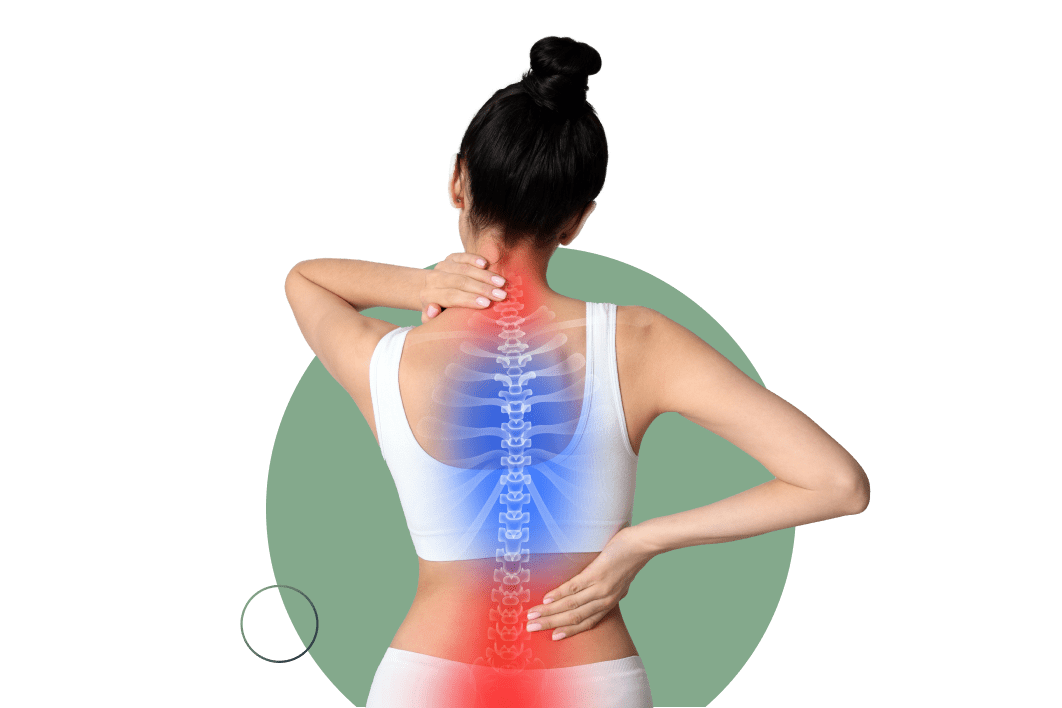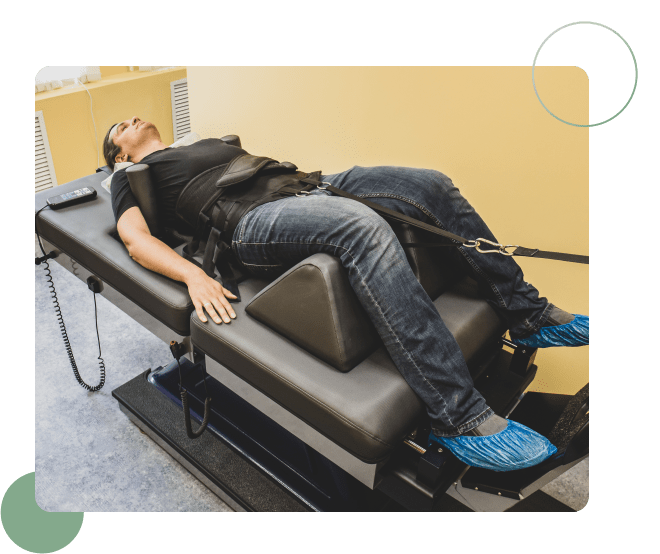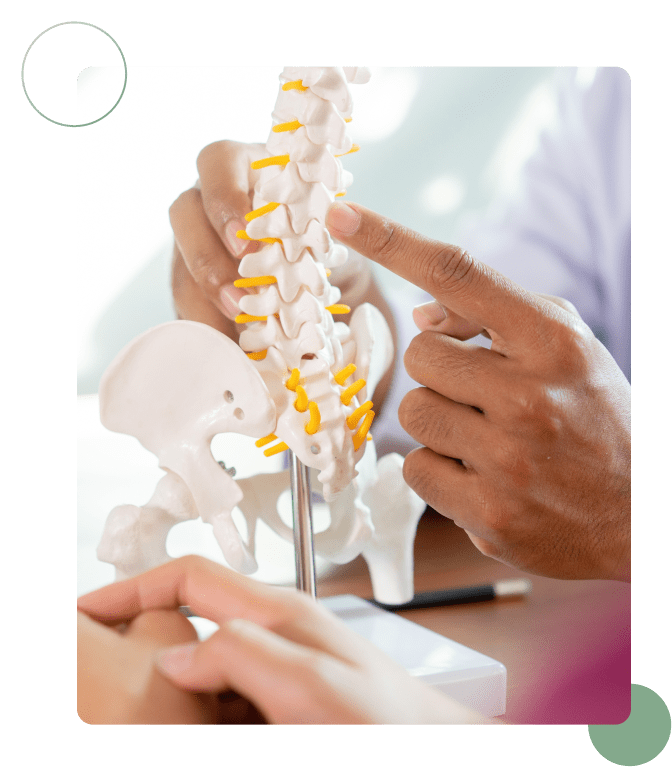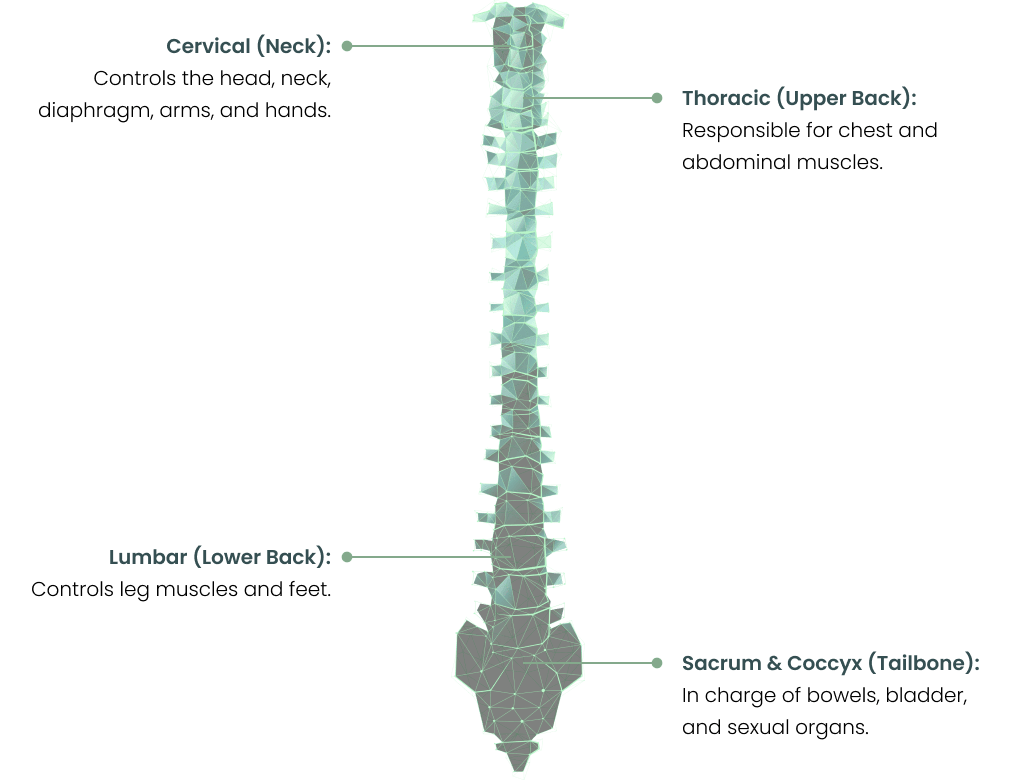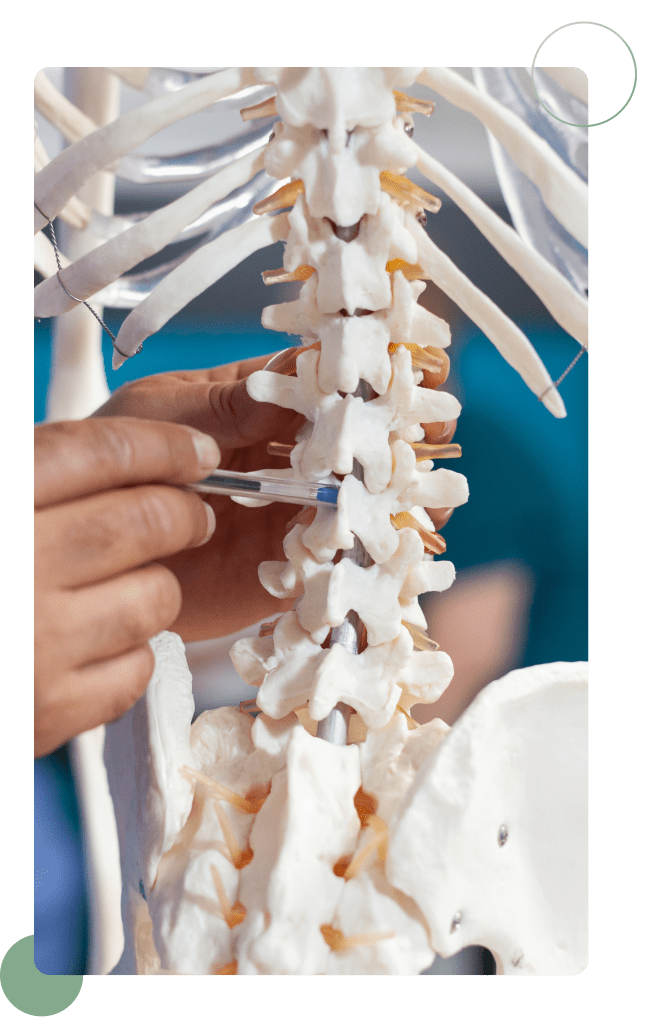Spinal Decompression Therapy in San Diego
Chronic neck and lower back pain, joint among both passive and active individuals, can be persistent and debilitating, impacting daily life and overall quality of life. While conventional therapies may offer temporary relief, they often fail to address the root cause, leading to recurring discomfort.
Spinal decompression therapy, a non-invasive and effective treatment, gently stretches the spine to relieve pressure on the spinal discs and nerves, alleviating pain and promoting healing in various spinal conditions. If conventional treatments have been ineffective or your pain keeps returning, spinal decompression therapy might be the solution you’ve been searching for.


